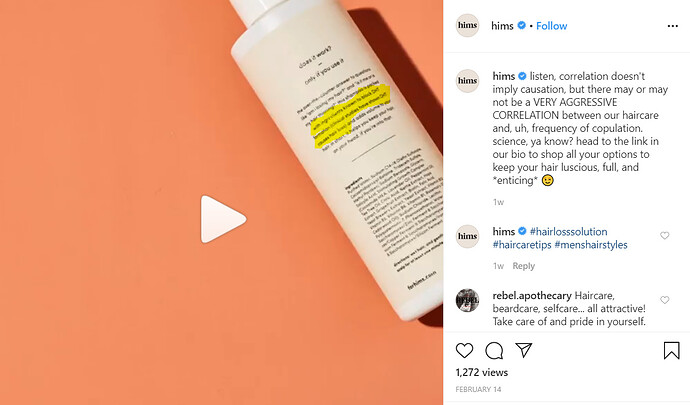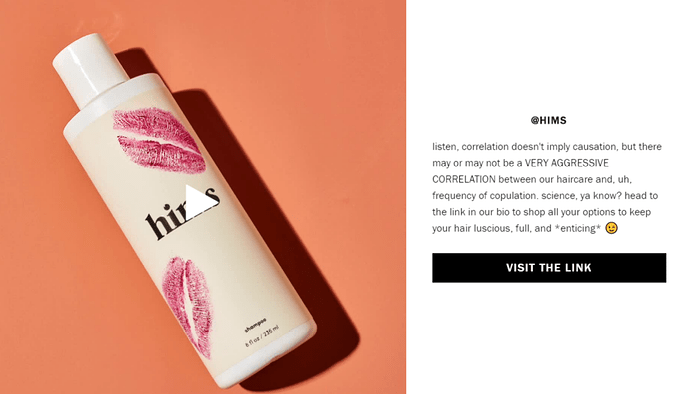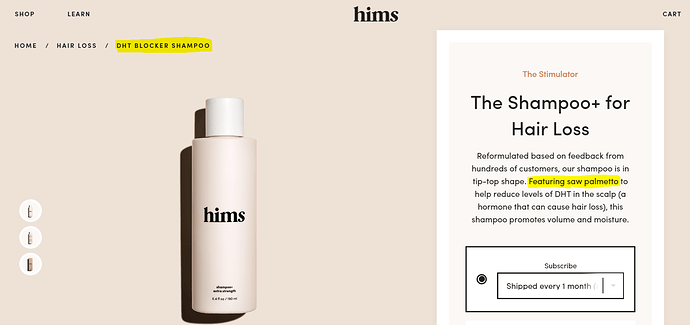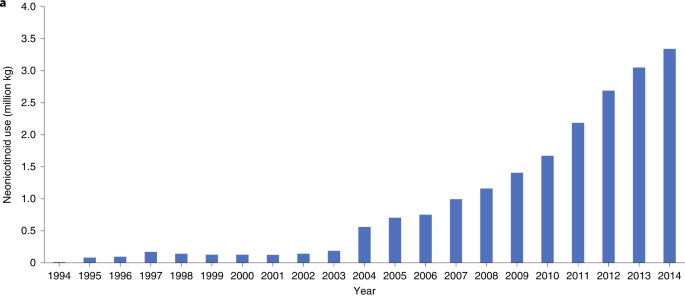A recent report from the Wall Street Journal reveals just how lucrative the hair loss industry has become. Paradigm shifts across cultural and marketplace landscapes have led to surging revenues and the projections of Global Market Insights forecast even greater returns in the coming years.
Affordable, off-patent Finasteride brings a younger, less affluent demographic into the market
A previously untapped market has emerged: social media conscious men in their teens and twenties with access to inexpensive Finasteride, marketed to them directly via flashy phone-app pop up ads.
Hims CEO Andrew Dudum makes explicit his company’s intention to target very young men with discounted Finasteride prescriptions.
“We’re going after men in their 20s who are starting to experience [hair loss] while sitting in a college classroom, who are starting to see hair loss while applying for their first job.”
“Merck created a drug called Propecia a very long time ago. Today, if you go to a Walgreens or a CVS, that drug could cost you $100 or $200 per month. We now, at Hims and other players in the space, can offer generic options of finasteride for $20 or $25 per month.”
“And so, what you see is a huge proportion of the population who is scared of hair loss or experiencing hair loss but unable to afford it for a very long time now be able to move into the market”
Male cosmetic concerns explode in an increasingly photographed and online culture
Founder and CEO of The New England Consulting Group, Gary Stibel:
“The combination of Rogaine, which went off patent first, and Propecia, which went off patent in 2014, together with some other things that are going on in the industry… that’s caused a dramatic increase in the availability, in the cost, and in the success of using these products.”
“Social media is creating a huge behavioral shift. So is dating apps. When you’re always on social media, all you see is beautiful things, beautiful people,beautiful places, beautiful food, beautiful fashion. It creates a desire to be part of that, and you want to be just as pretty, just as handsome, just as good looking. Part of that is the way you look. So, it’s competitive. There’s a lot of pressure today.”
Dudum opines on the rise of male cosmetic interest and what he calls men being their “best selves”
“The hair loss market and the explosive growth of that market is exceptionally reflective of what’s happening across the men’s market, which is that you have a new demographic of men, a younger group of men, who are encouraged to now be well and to be their ‘best selves’.”
Related here is a video from “Hair of Istanbul"
Increasingly younger men are travelling to the Turkish Capital to get hair transplants done at a fraction of the price charged in western countries. Youtube boyband RoadTrip TV visit the Hair of Instanbul clinic to get the procedure done together, as a type of boy’s surgery holiday, irrespective of each individual’s age, Norwood pattern and even need for the procedure.
24 years old
21 years old
26 years old
The transplanted hair lines they are opting for are adolescent
One of the members reveals he has already had an FUT transplant three years ago (when he was just 21), pointing to the scar that remains
Another Hair of Istanbul video shows a 23 year old man receiving the transplant surgery
The end of the Wall Street Journal video reports that a full hair loss cure via stem cell curated “donor” hair transplantation could still be a decade away and will likely cost tens of thousands of dollars, making it cost-prohibitive for the afoementioned college age men. Stemson Therapeutics are pioneering the new technology but their CEO, Geoff Hamilton, warns that patients of this new procedure may still have to use Finasteride and Minoxidil for ongoing maintenance. Either way, it appears these two drugs will remain integral to the hair loss market for many years to come.


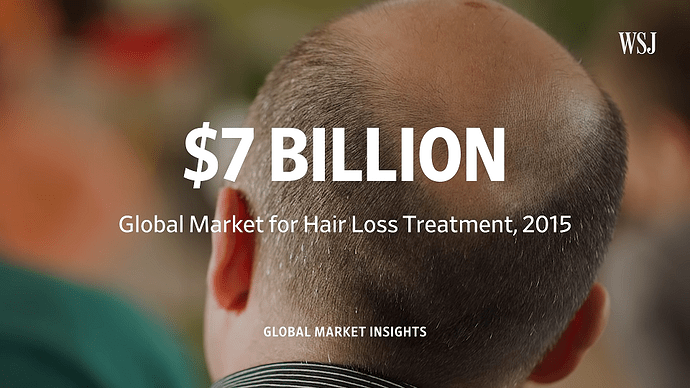
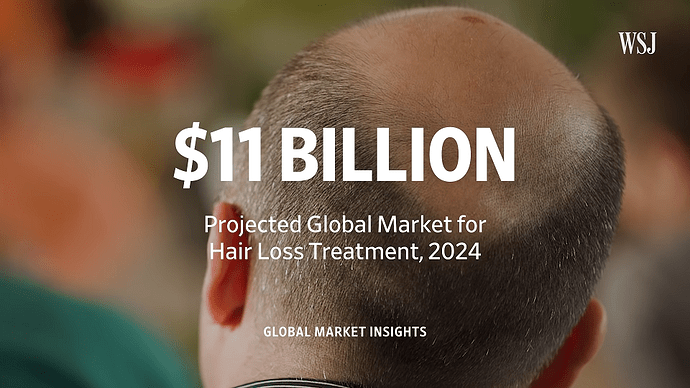
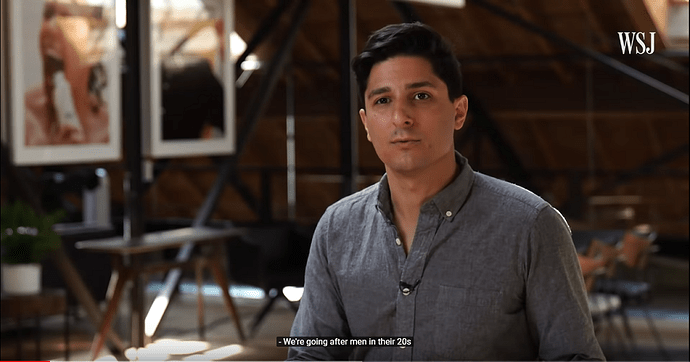

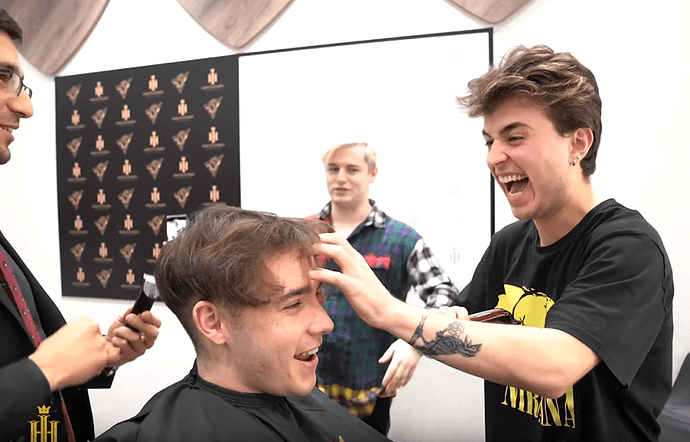
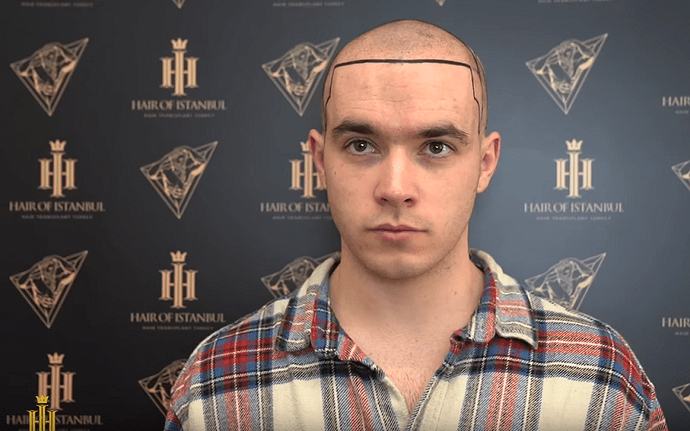
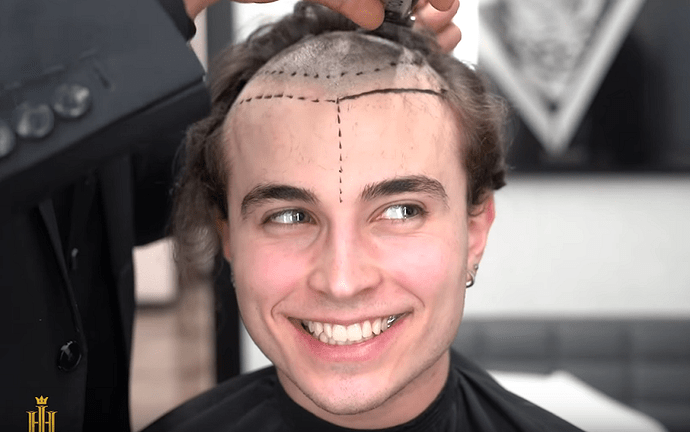
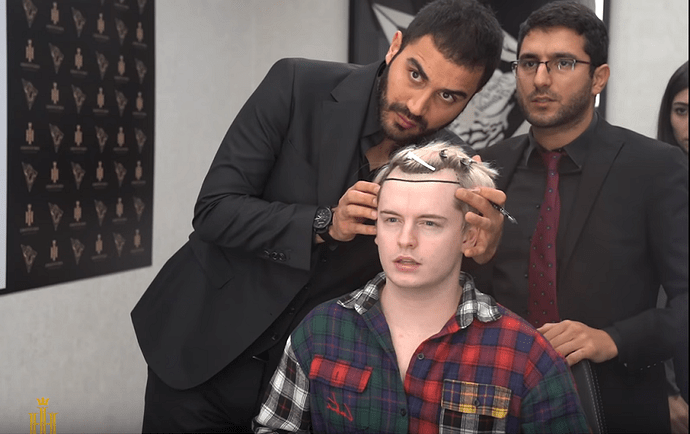



![World Record Breaking Hair Transplant: 17371 Hair Follicules with Results [BEFORE-AFTER]](https://i.ytimg.com/vi/VgSbIe4jKq4/maxresdefault.jpg)
